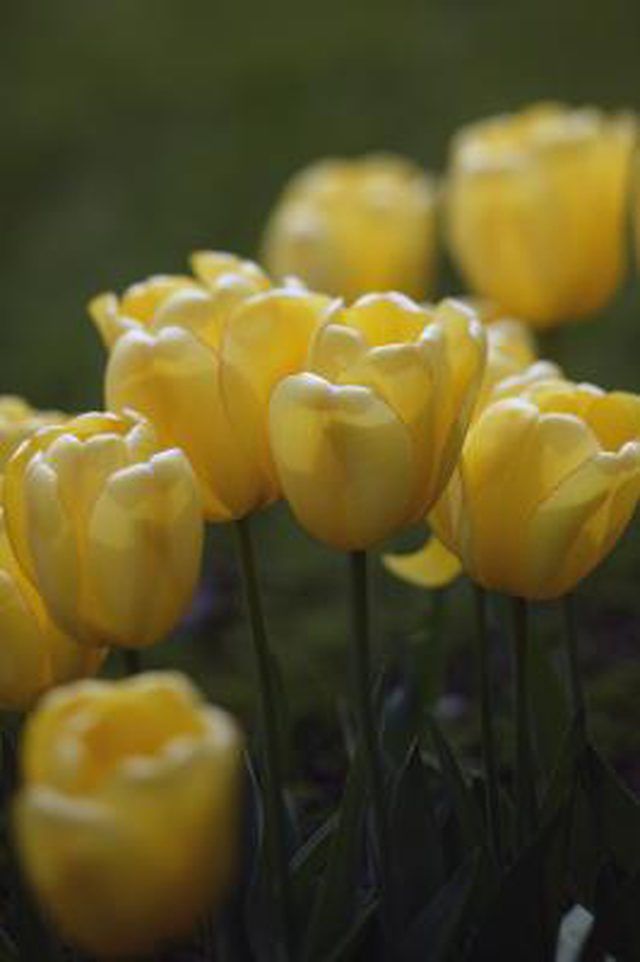Bulbs
Flower Basics
Flower Beds & Specialty Gardens
Flower Garden
Garden Furniture
Garden Gnomes
Garden Seeds
Garden Sheds
Garden Statues
Garden Tools & Supplies
Gardening Basics
Green & Organic
Groundcovers & Vines
Growing Annuals
Growing Basil
Growing Beans
Growing Berries
Growing Blueberries
Growing Cactus
Growing Corn
Growing Cotton
Growing Edibles
Growing Flowers
Growing Garlic
Growing Grapes
Growing Grass
Growing Herbs
Growing Jasmine
Growing Mint
Growing Mushrooms
Orchids
Growing Peanuts
Growing Perennials
Growing Plants
Growing Rosemary
Growing Roses
Growing Strawberries
Growing Sunflowers
Growing Thyme
Growing Tomatoes
Growing Tulips
Growing Vegetables
Herb Basics
Herb Garden
Indoor Growing
Landscaping Basics
Landscaping Patios
Landscaping Plants
Landscaping Shrubs
Landscaping Trees
Landscaping Walks & Pathways
Lawn Basics
Lawn Maintenance
Lawn Mowers
Lawn Ornaments
Lawn Planting
Lawn Tools
Outdoor Growing
Overall Landscape Planning
Pests, Weeds & Problems
Plant Basics
Rock Garden
Rose Garden
Shrubs
Soil
Specialty Gardens
Trees
Vegetable Garden
Yard Maintenance
How to Grow Tulips in a Vase
How to Grow Tulips in a Vase. Tulips are some of the earliest spring flowers, pushing their heads through the soil when the rest of the garden is still dull and gray. These bright, colorful perennials grow from long-lasting bulbs and return year after year with proper care. They thrive in indoor and potted situations as well with careful...

Tulips are some of the earliest spring flowers, pushing their heads through the soil when the rest of the garden is still dull and gray. These bright, colorful perennials grow from long-lasting bulbs and return year after year with proper care. They thrive in indoor and potted situations as well with careful preparation and maintenance. Put your tulips in alternative containers, such as large grass or ceramic vases, for spring, summer and fall growth and blooming.
Things You'll Need
Wide-necked vase
Gravel
Charcoal
Potting soil
Fertilizer
Start tulips in the fall giving them cold winter germination periods. Temperatures less than 50 degrees Fahrenheit wake the bulbs up, encouraging germination and rooting for spring growth and blooming. Use wide-necked vases at least 6 inches tall giving the tulips room for root and foliage growth.
Lay a 1-inch layer of gravel on the vase’s bottom giving the tulips drainage. Put 1/4 inch of charcoal on the gravel for cleaning. Tulips require this drainage keeping their roots out of standing water.
Fill the vase 3/4 full of rich, soil-based potting soil. Avoid peat moss or peat-based potting soils, which burn tulip bulbs and roots. Place tulip bulbs on the soil with the pointed ends up every 2 to 3 inches. Cover the bulbs with 1 inch of potting soil.
Put the vase outside in a site with full sun and good air circulation. Let the bulbs germinate and sprout on their own. They don't require watering at this point and will rot if watered.
Move tulips indoors when they sprout and their growth reaches 1 inch. Put them in a spot with full sunshine and good air circulation. Irrigate them with 2 inches of water every week. Keep them away from heating vents and fireplaces during the winter season, as hot air dries foliage and soil.
Tips & Warnings
• Maintain the tulips in your vase for years of blooming but consider their calendar. Tulips grow and bloom through summer and then yellow and die back for winter dormancy. Maintain watering through fall, and then discontinue during winter dormancy. Keep the tulips in the garage or outdoors during this dormancy, and move them back in when they sprout again.
Give tulip bulb fertilizer ever spring to encourage best growth and blooming.